.jpg) Society
Society

The central city has yet reached its target as a ‘nuclear’ urban in central Việt Nam with outstanding innovation, smart and ‘green’ city before approaching to global city status.
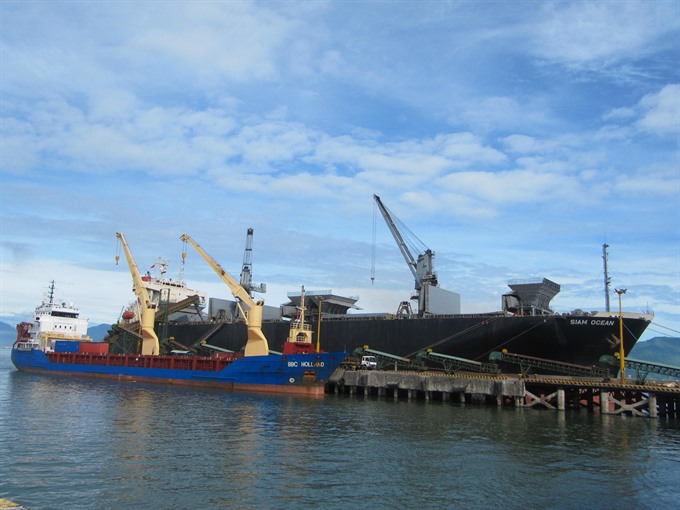 |
| Ships dock at Tiên Sa Port in Đà Nẵng city. The city plans to develop into a global hub of hi-tech industry and tourism. — VNS Photo Công Thành |
ĐÀ NẴNG — The central city has yet to reach its target as a key urban hub in central Việt Nam with outstanding innovation, and smart and ‘green’ infrastructure before attaining global city status.
Director of the Central Institute for Economic Management (CIEM) Nguyễn Đình Cung said at a workshop on the city’s Development Plan to 2035, vision 2045, on Monday.
Cung said the city’s face-lift in recent decades was mostly based on natural resources and real estate development rather than from advances in innovation, hi-tech industry and value chain creation.
“I am yet to see any changes in innovation and technology in the city’s economic and development structure, even in the leadership. The city still develops its domestic economy rather than focusing internationally toward growth,” Cung said.
“Having ranked in the top five cities’ Provincial Competitiveness Index (PCI) for years, Đà Nẵng has not made any unique difference in comparison to other cities and provinces in industrialisation, hi-tech industry and farming, as well as in tourism,” he said.
He suggested that the city should keep its eyes on a higher growth target by promoting its potential strengths including manpower, education, finance and tourism.
He said the city needs to implement positive changes in institutions and mechanisms to take off from short-term planning.
Cung said the city’s tourism has been seen as a key factor in boosting the city’s growth, when the ‘green’ industry could spark the development of airports, sea ports, logistics infrastructure, accommodation and the service industry, with the participation from private sector.
Bùi Tất Thắng, a member of the Prime Minister’s Economic Advisory Group, said the city has been facing a deficiency of capital, high quality human resources, land and open mechanisms for quick pace growth.
He said the city had a stable growth with 7.03 per cent in 2017 – higher than the country’s overall growth of 6.8 per cent, but its contribution to the country’s Gross Domestic Product (GDP) was only a mere 1.55 per cent.
Although industry and services make up a 98 per cent share of the city’s Gross Regional Domestic Product (GRDP), the city has yet to introduce national brand industry products or unique tourism services, he added.
“The city’s industry and services, which accounts for 93 per cent of the labour force, can not produce global brand hi-tech products, and labour productivity is still poor.
Eyeing Tourism
Tourism, which is one of top growing industries, earned a revenue of VNĐ16.5 trillion (US$730 million) – a 23.7 per cent share of the city’s GRDP – in 2016, but world luxury service is still not available,” he said.
According to the United Nations Industrial Development Organisation (UNIDO), industrial production in Đà Nẵng still consist mainly of low technology and medium output, while only two hi-tech industries – the pharmaceutical industry and electronics, computing, and optics – were recorded.
Almost all foreign direct investment (FDI) projects focused in processing and assembling products that were labour-intensive.
According to the city’s tax agency, among 16,000 businesses, only 1.36 per cent are large scale enterprises, with investment from VNĐ200 billion ($8.8 million).
Thắng said the city should be given authority in pushing its own unique brand of smart and ‘green’ growth in its journey to becoming a global city in the future.
Vũ Viết Ngoạn, head of the Prime Minister’s Economic Advisory Group, suggested the city should aim to build itself as a globally connected hub with seaports, airports, logistics infrastructure, and a booming IT industry.
He said the city could build itself as a hub of technology and a destination of international conferences, as well as a rendez-vous of new hi-tech industries in the world.
Architect Ngô Viết Nam Sơn, who chairs the planning research on the city vision to 2030, said Đà Nẵng has yet to develop as a key urban area in central Việt
“The city should develop as a maritime port with connection to beaches and mountains for tourism purposes, and should connect to the ports of Tiên Sa, Liên Chiểu, Thọ Quang and Đà
“Đà Nẵng could develop riverside urban zones along the Hàn and Cu Đê rivers, and better connect the airport to hi-tech park and industrial zones,” he said, adding that universities and health centres, as well as industrial parks, should be planned to accommodate innovation.
Sơn warned that the city should develop ‘green’ spaces such as parks and lakes, to stop the downtown area from becoming overrun with high rises and concrete.
He suggested
Vice chairman of the city’s People’s Committee, Hồ Kỳ Minh said the city has developed the 2030-2050 socio-economic master plan to seek new development targets.
He said Đà Nẵng aims to become a key tourism site in central Việt
Infrastructure
Đà Nẵng also plans to build an underground traffic system with road tunnels and a metro in the coming years.
As planned, the city will include six inner districts and two suburban districts – Hòa Vang and Hoàng Sa Island – with an estimated population of 2.5 million.
The city will be developed on 128,543ha of land, of which the Hoàng Sa (Paracel)
Đà Nẵng, which is situated at the end of the East-West Economic Corridor, linking
Director of the Việt Nam Institute of Economics, Trần Đình Thiên said the city should host exhibitions and fairs to attract tourists and investors.
The city has recently developed the 1,100ha industrial park in Hòa Vang District, 20km west of the centre, for green and hi-tech investors, and one of three major national multi-functional hi-tech parks across the country after
According to recent reports, Đà Nẵng has thus far attracted a total of 546 foreign direct investment (FDI) projects worth more than $3 billion. — VNS
 |
| Beach resort and hotel projects are booming along the 90km coastline in Đà Nẵng city. — VNS Photo Công Thành |
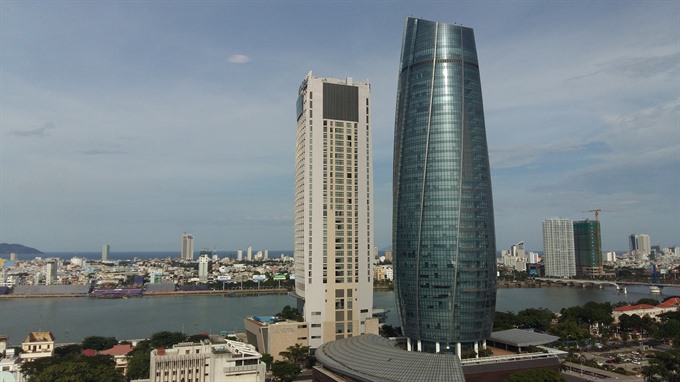 |
| Đà Nẵng city’s downtown is situated on the banks of the Hàn River. The city plans to build itself as an international centre of finance, shopping and trading. — VNS Photo Công Thành |

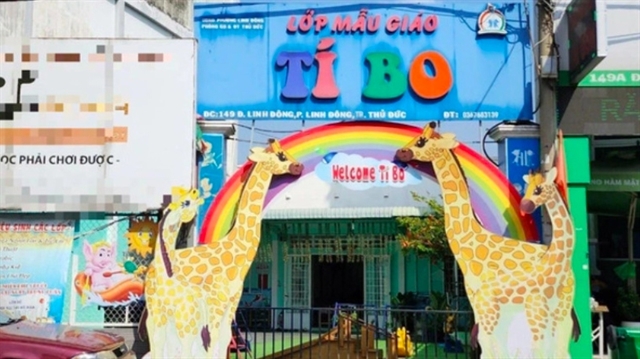
.jpg)
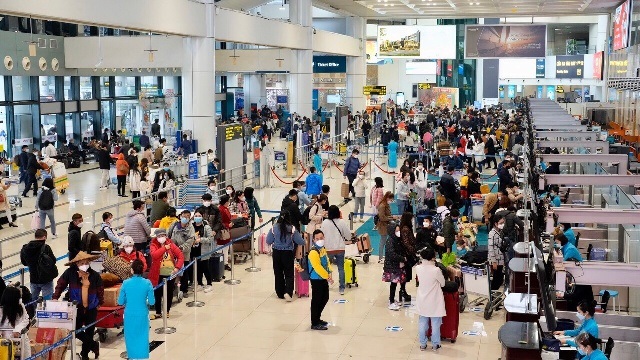
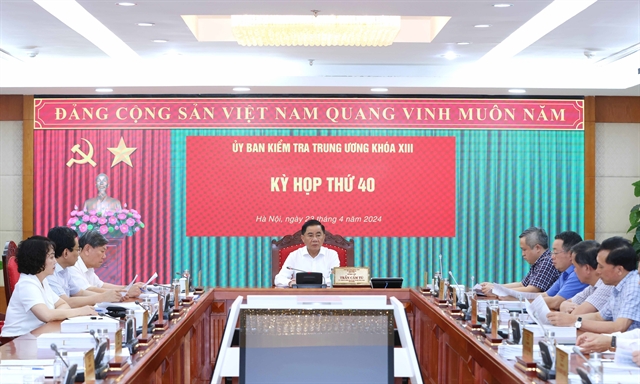



.jpg)
